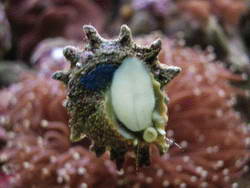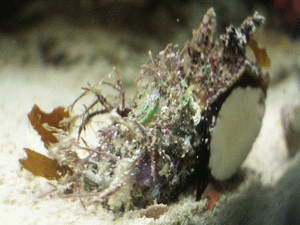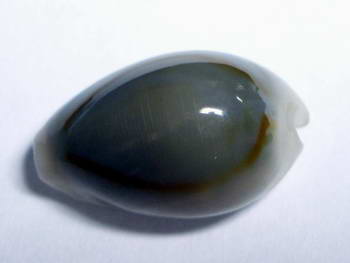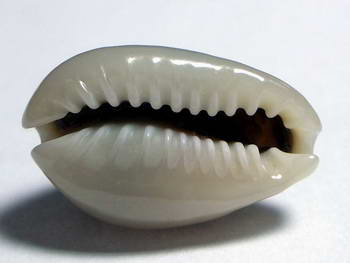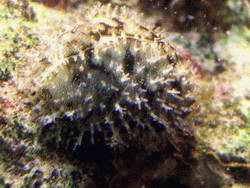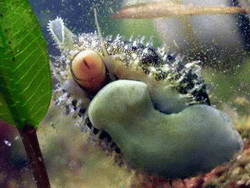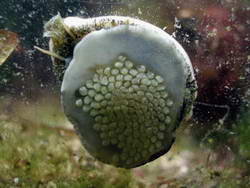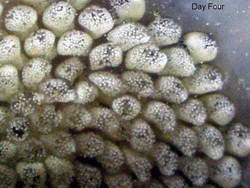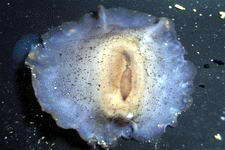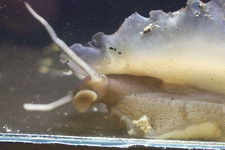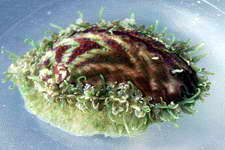Nerites - The
main diet of most nerites is diatoms that grow as a film coating rock
surfaces in the intertidal zone. Nerites also feed on filamentous and
film-forming cyanobacteria, and filamentous green algae.
The Predatory Snails -
A group whose representatives are seldom found in our home
aquaria, although every now and then some of them do make it into
aquaria, either as involuntary hitchhikers or as acquisitions. These
are the shelled snails that are predatory on other animals.
The Grazing Snails
Part Two Part Three -
It is always worth the reader's time to remember that no two species
have the same requirements. Each species is special and unique in its
own attributes, and discussions of generalities can go only so far.
The Whelks -
All of which are predators. Several things must be taken into
account when trying to determine if the mystery snail in an aquarium
is, or is not, a whelk.
Snail Reproduction
- Some snails, including many of the so-called
“turbo-grazers” found in reef aquaria are
broadcast-spawning animals. At the complete other end of the spectrum
are numerous snails, mostly living in fresh water, that give birth to
live young.


